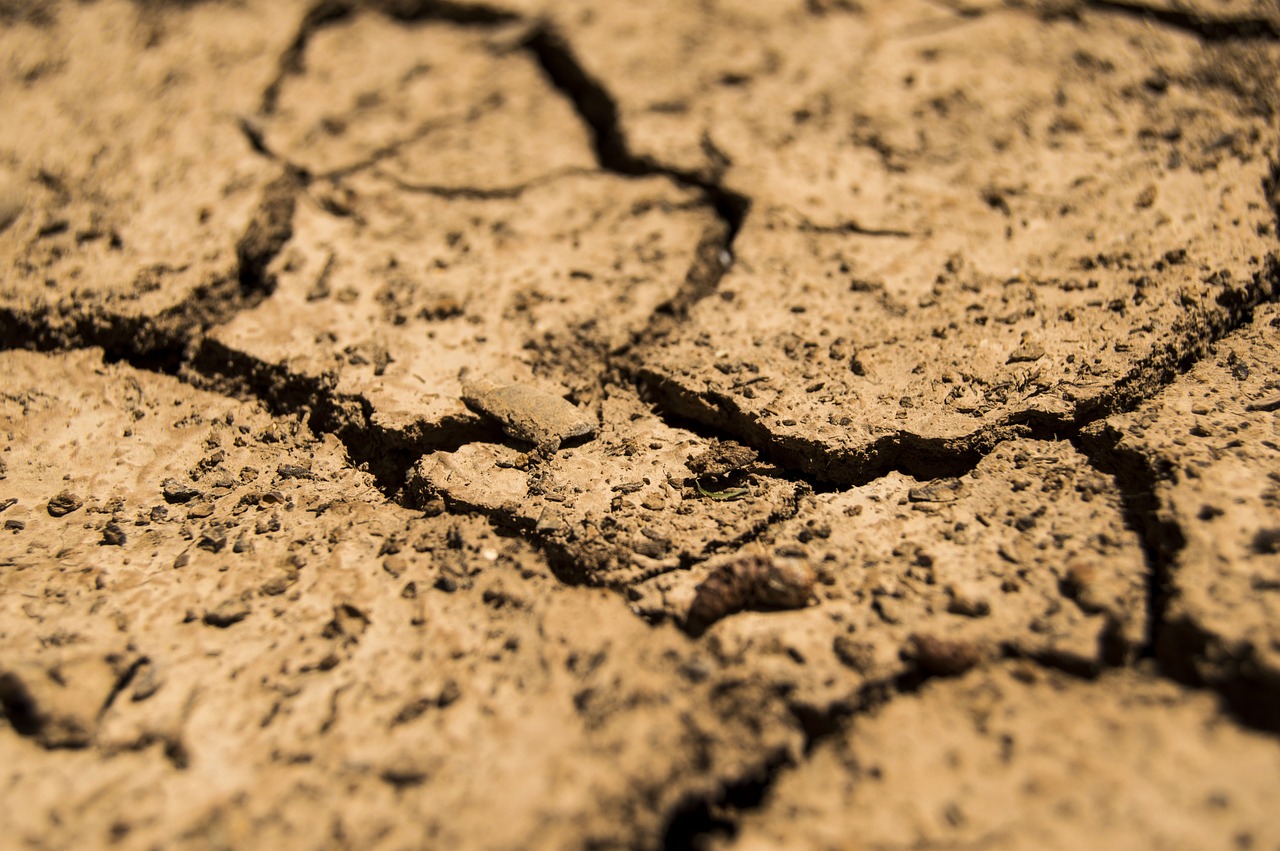Article Title:Land snails from an ancient shipwreck: The need to detect wreck-independent finds in excavation analysis
Abstract:
Land snails recovered from shipwreck excavations can potentially provide information regarding human-based dispersal of the involved species and also contribute to hypotheses regarding a ship's route and geographical origins of some of its cargo. Such faunal material, however, must be subjected to critical study to ascertain whether they represent specimens originally associated with the ship itself or are simply elements introduced to the site after the ship sank. The excavation of a Late Bronze Age shipwreck at Uluburun, in southern Turkey, produced 36 land snails. Of these, 32 specimens are believed to have been on board the vessel in antiquity. Three other specimens represent an endemic Metafruticicola species, which lives exclusively in a 10km zone in the region of Uluburun. The proximity of the species' habitat to the shipwreck site suggests that these specimens are intrusive elements. The intrusive nature of a single Zonites specimen also recovered from the excavation is amply demonstrated by a detailed comparative study of Zonites specimens collected in the same locality. The last study, which involves the analysis of spatial shell variations of populations collected from 61 separate localities (totalling 367 specimens) within a 50km area extending from Megisti (Kastelorizo) and Kas to Finike, suggests that: (1) Zonites beydaglariensis is conspecific with Z. caricus, and (2) the shipwreck specimen not only belongs to this species, but that it originates from a population on the rocky Uluburun peninsula 0,8-1,2km north of the shipwreck site. The specimen was probably blown into the sea by a natural phenomenon and settled on the shipwreck site. Copyright 2001 Academic Press
Keywords: archaeozoology; Bronze Age; land snails; nautical archaeology; shipwreck; Turkey
DOI: 10.1006/jasc.1999.0534
Source:JOURNAL OF ARCHAEOLOGICAL SCIENCE
Welcome to correct the error, please contact email: humanisticspider@gmail.com



